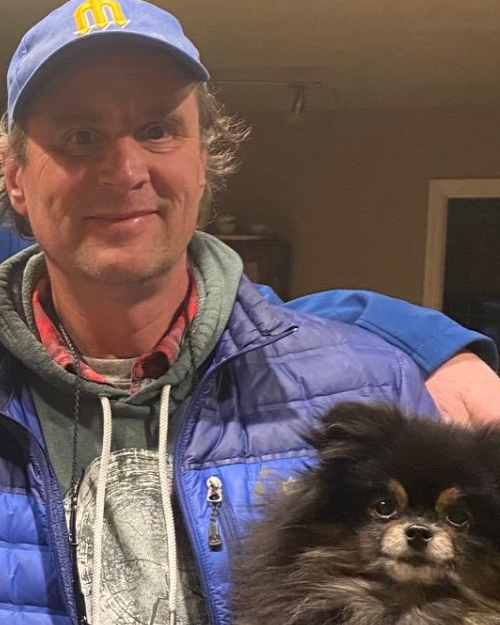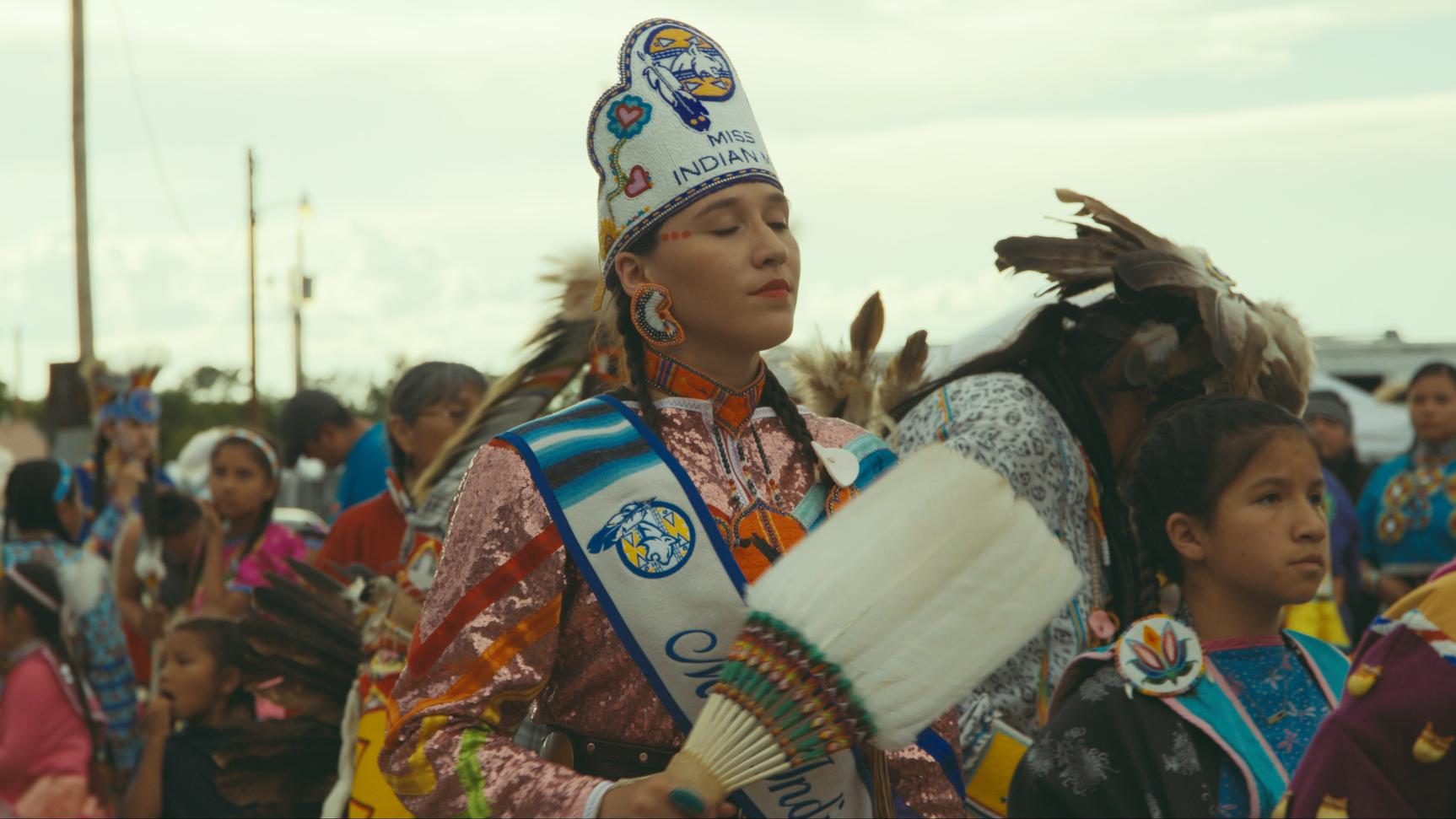NASX360IH Native Americans and Cinema
NASX 360 (Indigenous Humanities)
Spring semester: in-person
3 credits, undergraduate level-300, Indigenous Humanities
Instructor: Dr. Matthew Herman
Course Description
This course is an introductory survey to the study of Native American and Indigenous cinemas. For centuries, the split settler-colonial image of "Indians" - as either noble savages or bloodthirsty "others" - has constituted the dominant cultural imaginary on Indigenous peoples worldwide. In the last few decades, Indigenous media producers have gained greater access to the means of media production and distribution. Today, Native filmmakers are creating film and video like never before - and in ways that both challenge and exceed the history of settler-colonial misrepresentations. To sample this variety, this course will study the work of several filmmakers. The stage is set by considering Euroamerican simulations of "Indian" in discussing Native films and film genres. Later in the semester, students will think comparatively by examining a few Indigenous films produced outside the United States and Canada. Along the way, students will also be testing film theories and analytical methods in order to see which ones work best for evaluating Indigenous cinema. Class consists of film screenings, and open, casual discussion of initial reactions to the films. Class will also feature lectures, open discussions, student presentations, small group work, quizzes, and exams.
Readings and Film screenings in this course may include, but are not limited to:
*Resource and materials list subject to change. Check with the instructor before purchasing books!*
- It Starts with a Whisper, by Shelley Niro, 1993
- "The Story of America: A Tribalography," by Leanne Howe, 2002
- "The Occupation of Indigenous Space as 'Photography'," by Jolene Rickard
- Reel Injun, by Neil Diamond, 2009
- "History of Federal Indian Policy," by Stephen Pevar
- "Seven Essential Understanding," by Montana Office of Public Instruction
- Nanook of the North, by Robert Flaherty, 1922
- "Ideologies of (In)Visibility," by Michelle Raheja
- "Celebrating Fourth Cinema," by Barry Barclay
- The Silent Enemy, by H.P. Carver, 1930
- Powwow Highway, by Jonathan Wacks, 1989
- "Driving the Red Road," by Eric Gary Anderson
- "Twenty-Five Indigenous Project," by Linda Tuhiwai Smith
- Itam Hakim, Hopiit, by Victor Masayesva, 1984
- "The Politics of Camera," by Channette Romero, 2010
- Kanehsatake: 270 Years of Resistance, by Alanis Obomsawin, 1993
- "Dismantling the Master's House," by Jennifer Gauthier, 2010
- Spudwrench: Kahnawake Man, by Alanis Obomsawin, 1997
- LaDonna Harris: Indian 101, by Julianna Brannum, 2014
- "Native Media's Communities," by Steven Leuthold
- "Kinship: A Captivity Narrative," by Tahmahkera
- Lighting the Seventh Fire, by Sandra Sunrising Osawa, 1999
- Smoke Signals, by Chris Eyre, 2000
- Once Were Warriors, by Lee Tamahori, 1994
- Atanarjuat: The Fast Runner, by Zacharias Kunuk, 2002
- Rhymes for Young Ghouls, by Jeff Barnaby, 2014
- "Paranormal Encounters: Notes on Indigenous Horror," by Madeleine Reddon
- 4wheelwarpony, by Dustinn Craig, 2008
- Lumaajuug, by Alethea Arnaquq-Baril, 2010
- Three Thousand, by Assinijaq, 2017
- Boy, by Taika Waititi, 2010
- Two Cars, One Night, by Taika Waititi, 2004
- The Body Remembers When the World Broke Open, by Elle-Maija Tailfeathers and Kathleen Hepburn, 2019
- Beans, by Tracey Deer, 2020
Instructor
 |
Matthew Herman earned his Ph.D. in English and a certificate in cultural studies from SUNY Stony Brook. He came to MSU from Stone Child Tribal College on the Rocky Boys Reservation in northwest Montana, where he taught in the Liberal Arts Program, and coordinated the Rocky Boy Tribal History Project. He has published in the areas of contemporary Native American literature, American cultural studies, composition pedagogy, and Indigenous political theory.His first book, Politics and Aesthetics in Contemporary Native American Literature: Across Every Border, was published in 2009 by Routledge.
Tuition and Fees
If you are accepted into a qualified online program, see the appropriate MSU Tuition and Fee table below:
For more information, view MSU Fee Schedules.
How to Register
You must be accepted as a student to Montana State University to take this course. Learn how to apply.
Students register for courses via MSU's online registration system, MyInfo.
Registration requires a PIN number. Learn how to find your PIN.
Once you have your PIN, learn how to register through MyInfo.
For course information: Please contact nas@montana.edu

